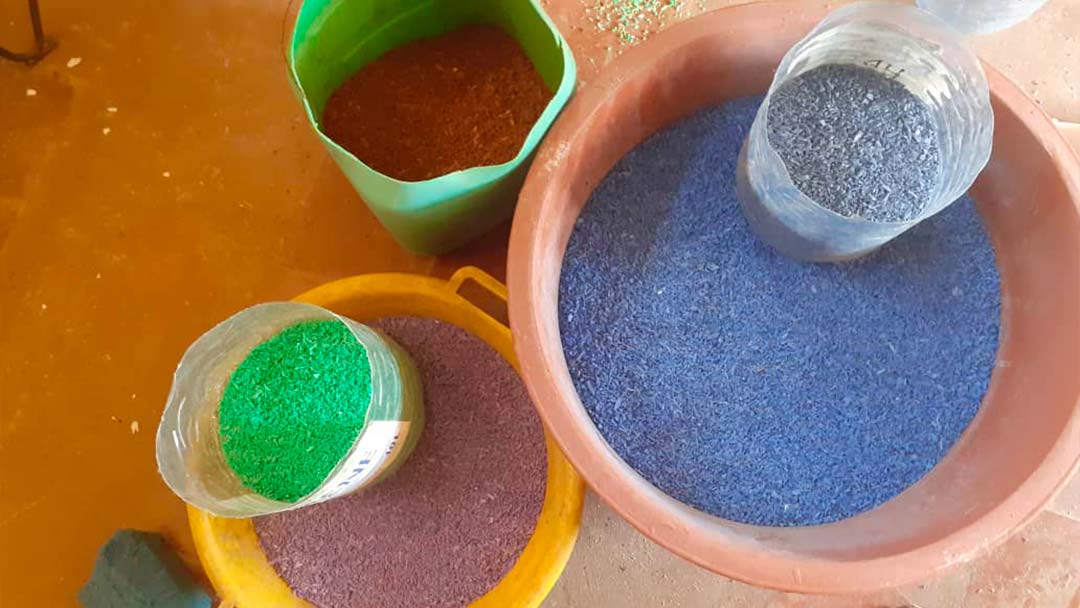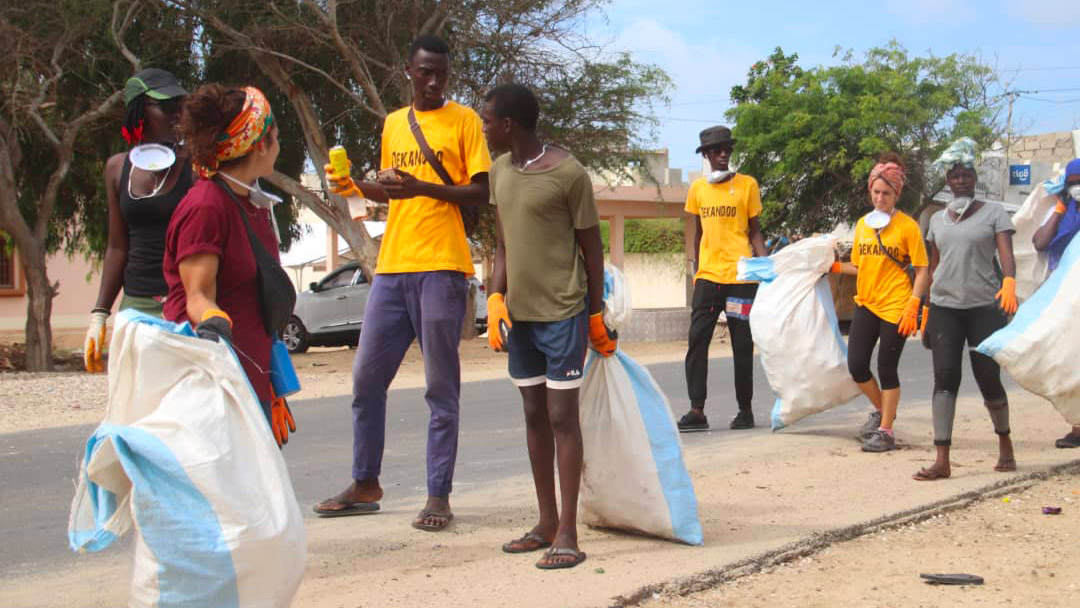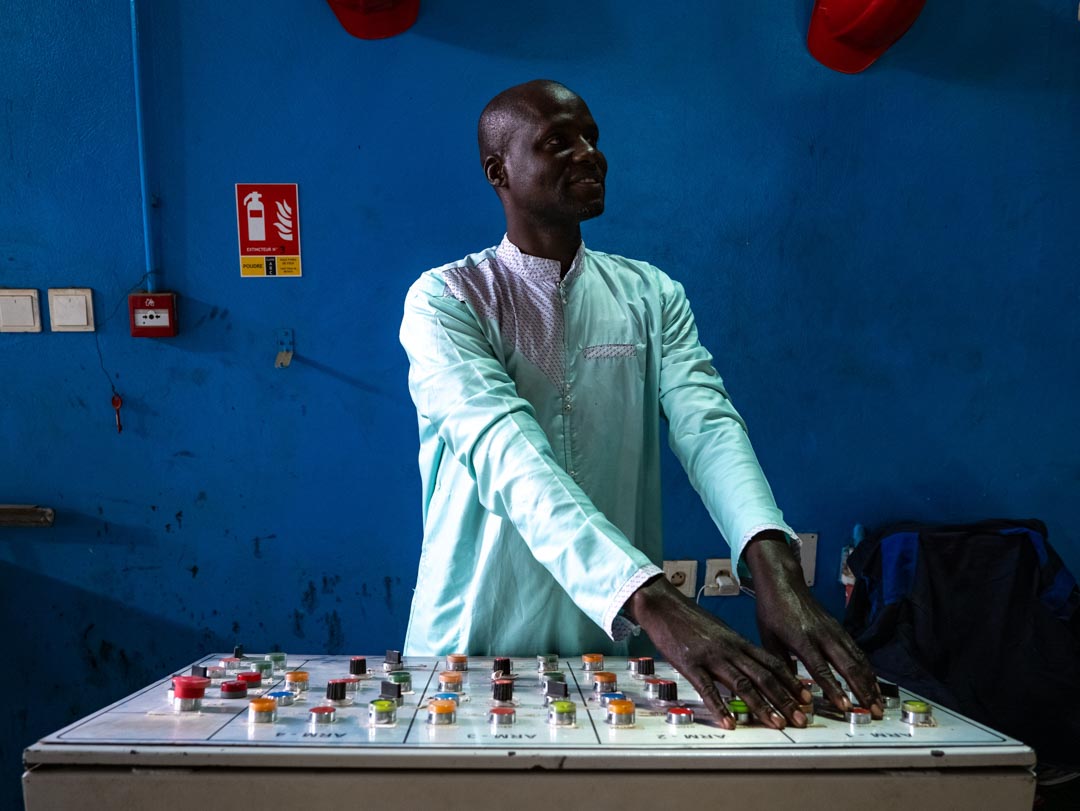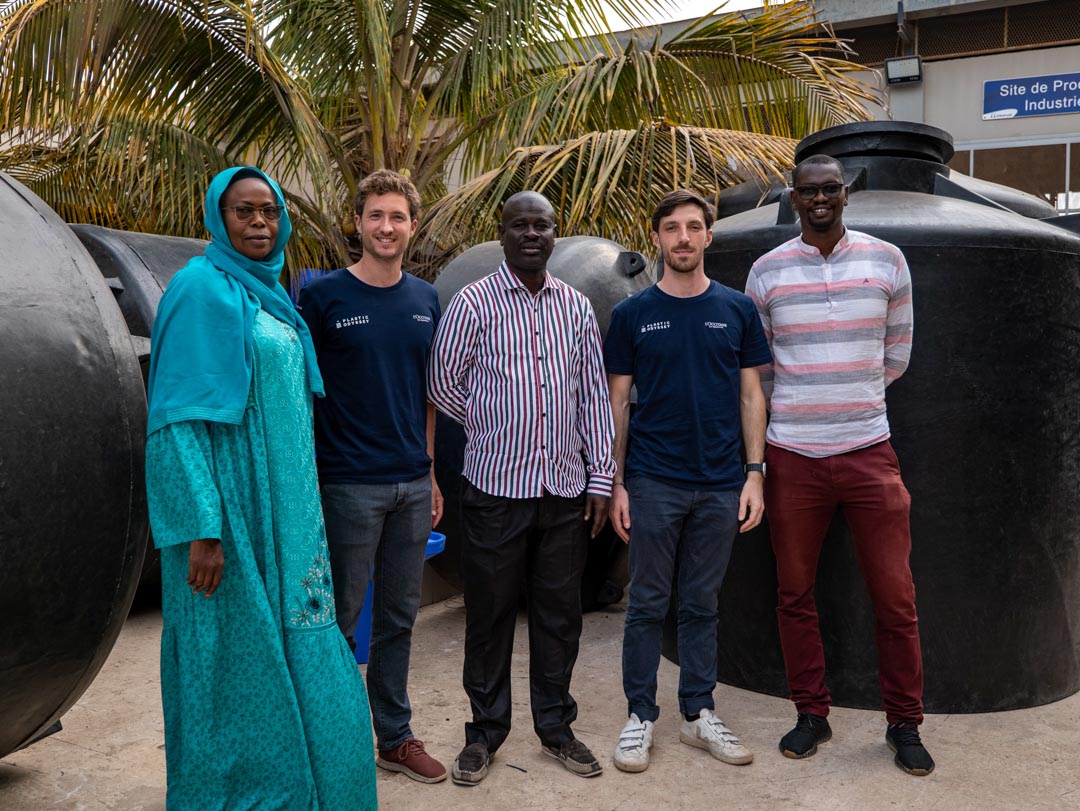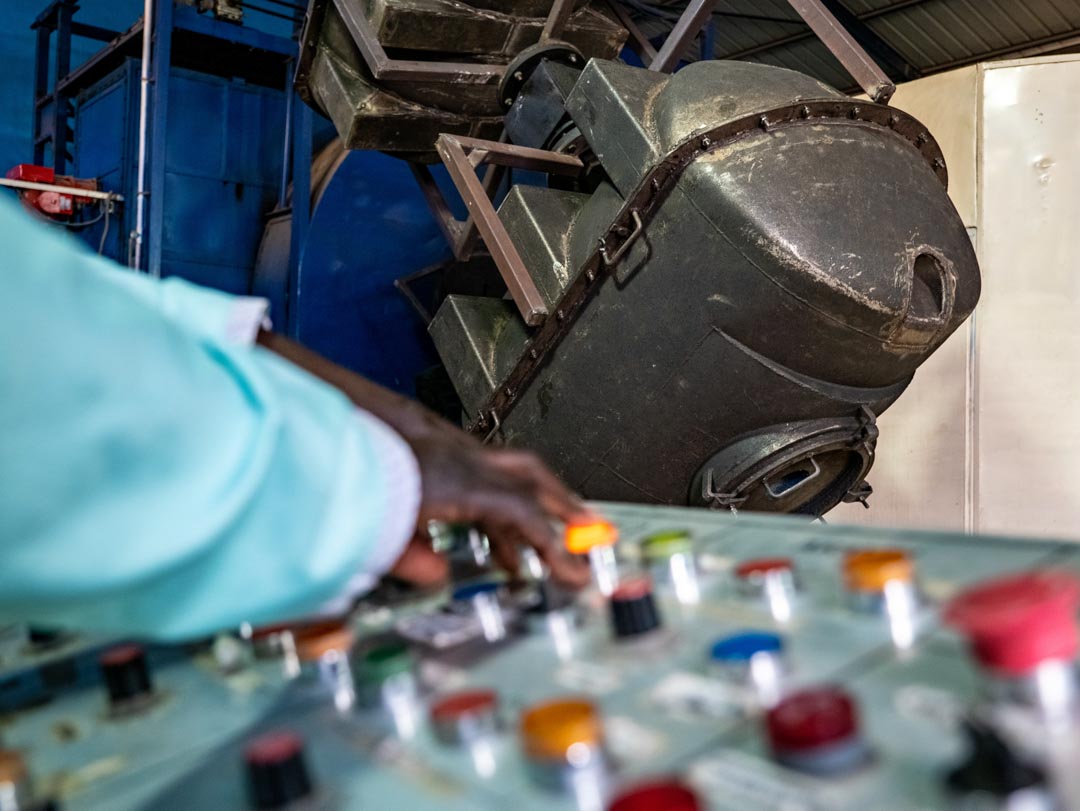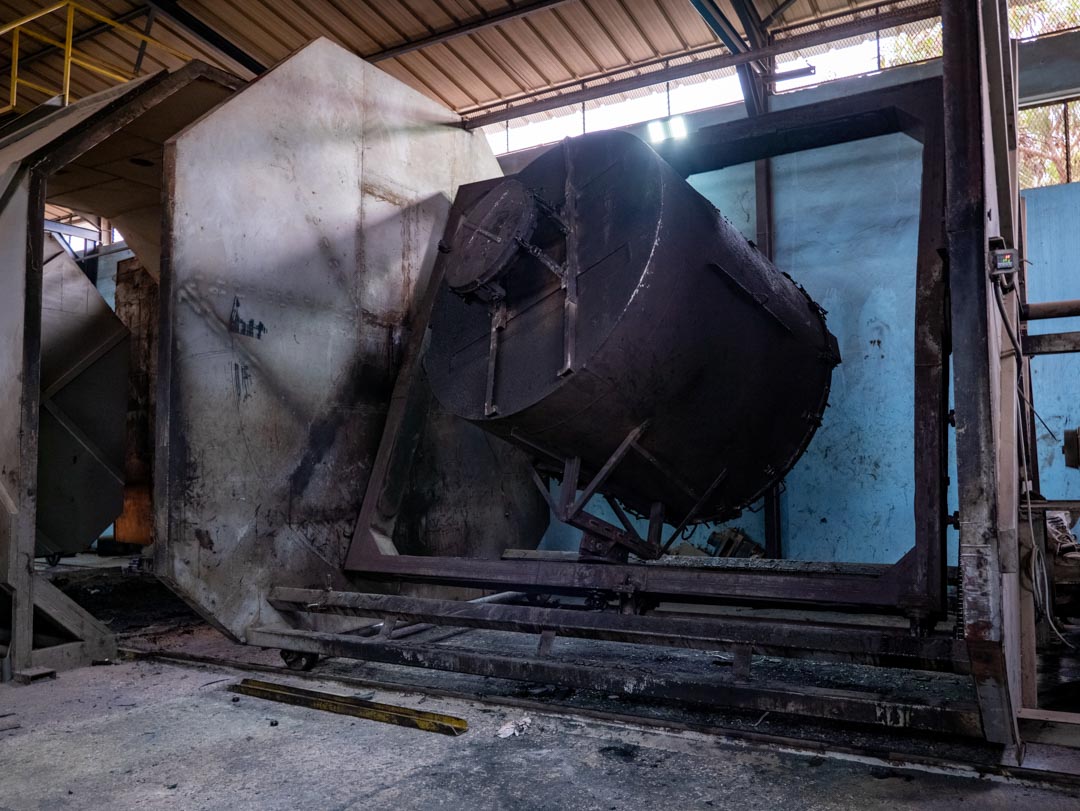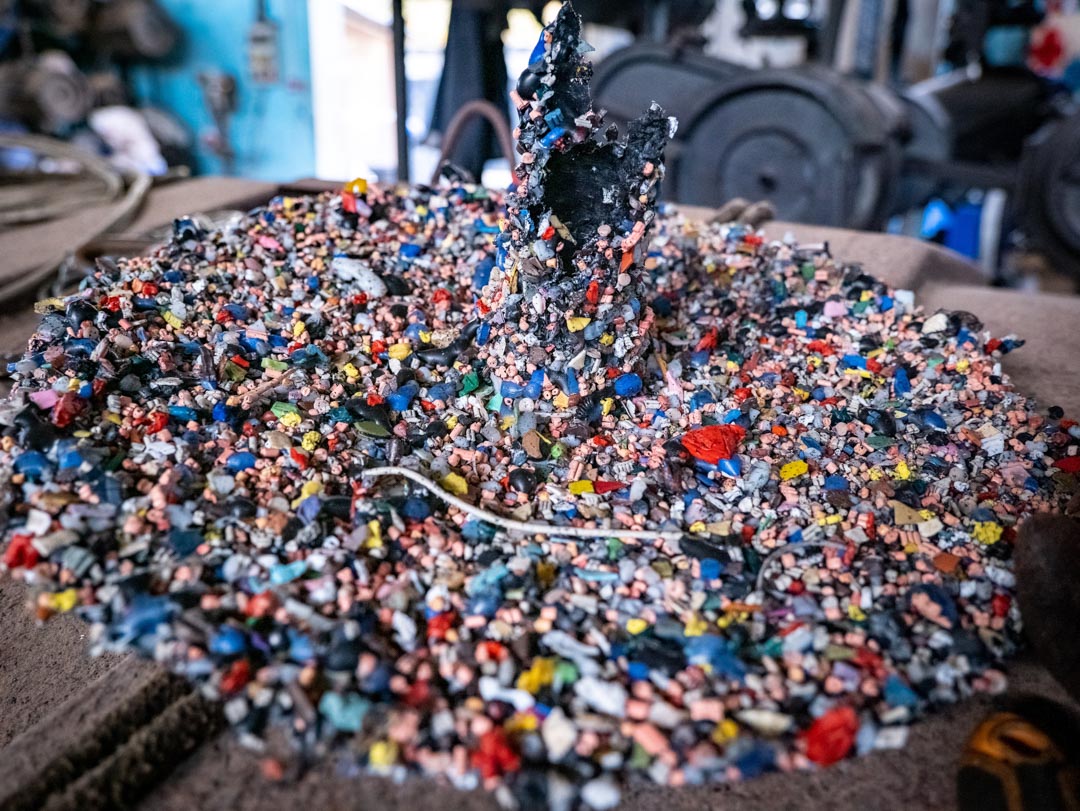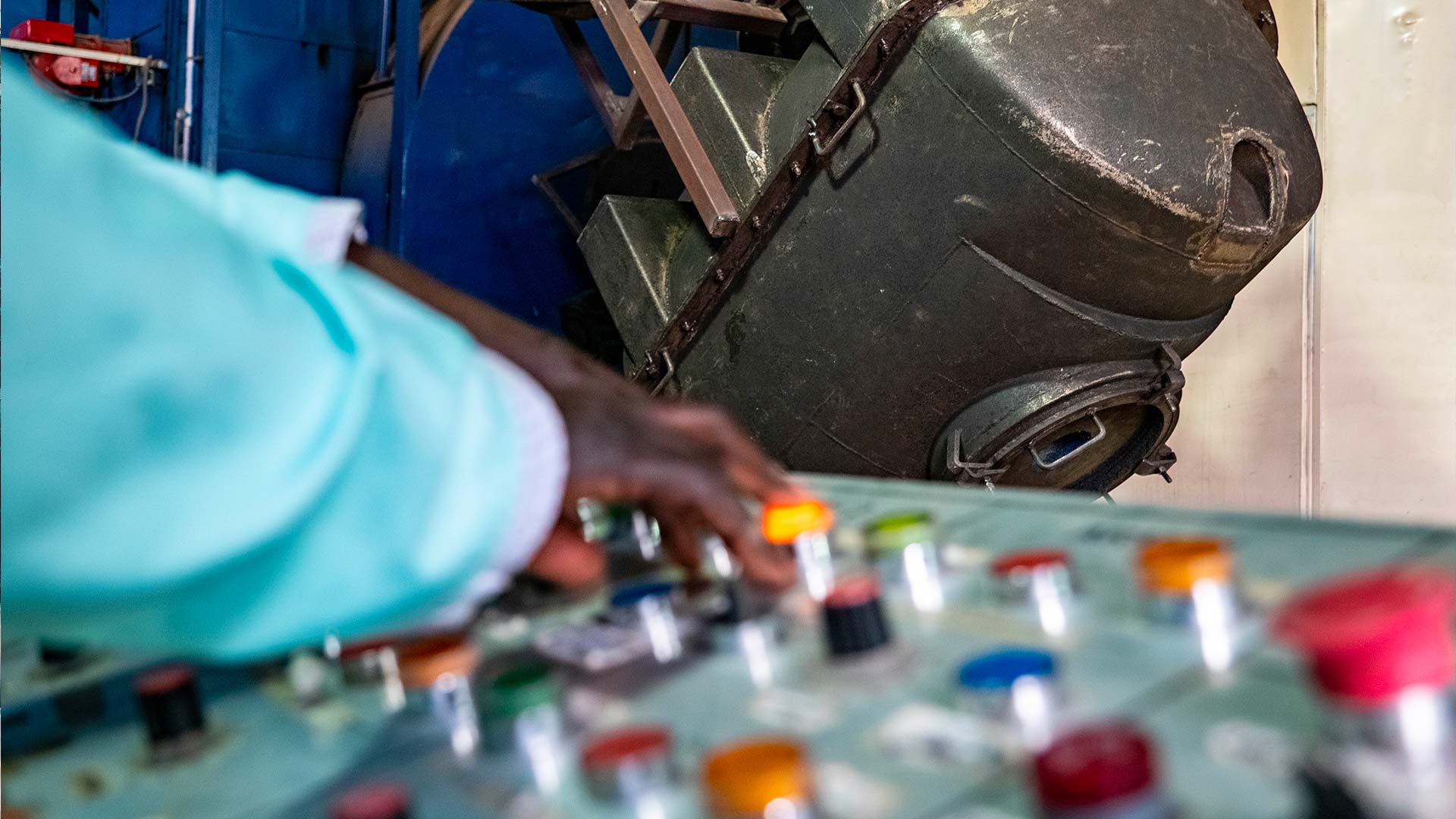
Field visits: reviewing several recycling initiatives encountered in Senegal
The recycling entrepreneurship in Dakar is strongly growing
The Senegalese recycling entrepreneurs are becoming more and more creative and innovative. They use alternative collection methods and sustainable technologies to overcome the many challenges. On the other hand, local authorities are also increasingly aware of the importance of waste management and are implementing public policies aimed at promoting recycling and supporting companies dedicated to it. Therefore, the recycling entrepreneurship in Dakar is a rapidly expanding sector, with many opportunities for entrepreneurs committed to contributing to a more sustainable and ecological future for the city.
Ciprovis: Improving waste collection in Dakar
Ciprovis, a company based in Dakar, is a key player in waste management in the region. Before the creation of Ciprovis, there was no formal waste collection service in many neighborhoods of the city. Residents often had to dump their waste in the streets and cart drivers were tasked with collecting them, but their reliability was compromised due to drug abuse. That’s when Ciprovis introduced tricycles for close proximity waste collection, becoming the first company to do so in Dakar. This initiative significantly improved the efficiency and regularity of waste collection in neighborhoods.
In addition to waste collection, Ciprovis has also engaged in awareness-raising efforts among the population to improve waste sorting. Thanks to these initiatives, they have managed to increase their waste collection to 15 tons per week, which has had a significant impact on reducing unsorted waste and their contribution to environmental pollution.
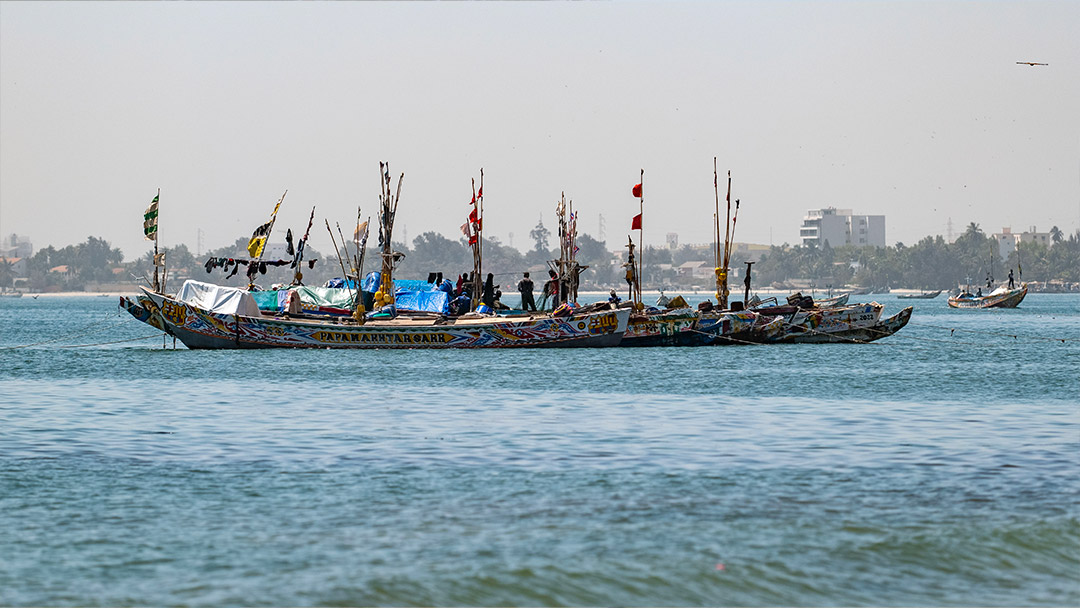
Community of fishermen
We meet Moustapha, the elder of the Senegalese fishermen in Saint Louis. Moustapha explain to us the challenges the fishing community faces due to plastic pollution affecting their fishing activities. With the 3,000 canoes that operate daily off the Senegalese coast, nets are often filled with plastic, which threatens not only the oceans but also the livelihoods of fishermen who depend on the sea for their subsistence.
Moustapha also tells us about the self-sustaining retirement system established by the fishing community, which is collapsing with the departure of young people in search of better opportunities elsewhere. This worrying situation highlights the consequences of the phenomenon of young Senegalese people emigrating on local communities and their traditional way of life.
We also visit the marine protected area of Saint Louis, but were shocked to find the beach entirely covered in plastic. The few clean-up operations are organized, but the plastic keeps piling up and nobody knows what to do with it at the moment. Some days, companies come to collect plastic waste, but this is not sustainable and does not solve the problem in the long term.
Defarat
We meet Boubacar and Babacar, founders of the Defarat initiative, who started with Precious Plastic recycling machines to make surf fins. Although the outlets are limited for now, they have recently invested in industrial shredders and are looking to acquire other machines to process more plastic. Defarat is part of a larger project called Hahatai, located in the commune of Gandiol, in the Saint Louis region, which includes a cultural center, a cooking training center, an artist residency, etc., in the middle of the salt marshes.
Rotomolding with Utraplast
We also visit Utraplast, a rotomolding company that produces large water tanks and other plastic products such as water fountains for UNICEF, benches and tables for schools, stools, etc. Their giant oven system is impressive, with a large mold filled with plastic flakes that rotates inside and sticks to the walls due to the heat.
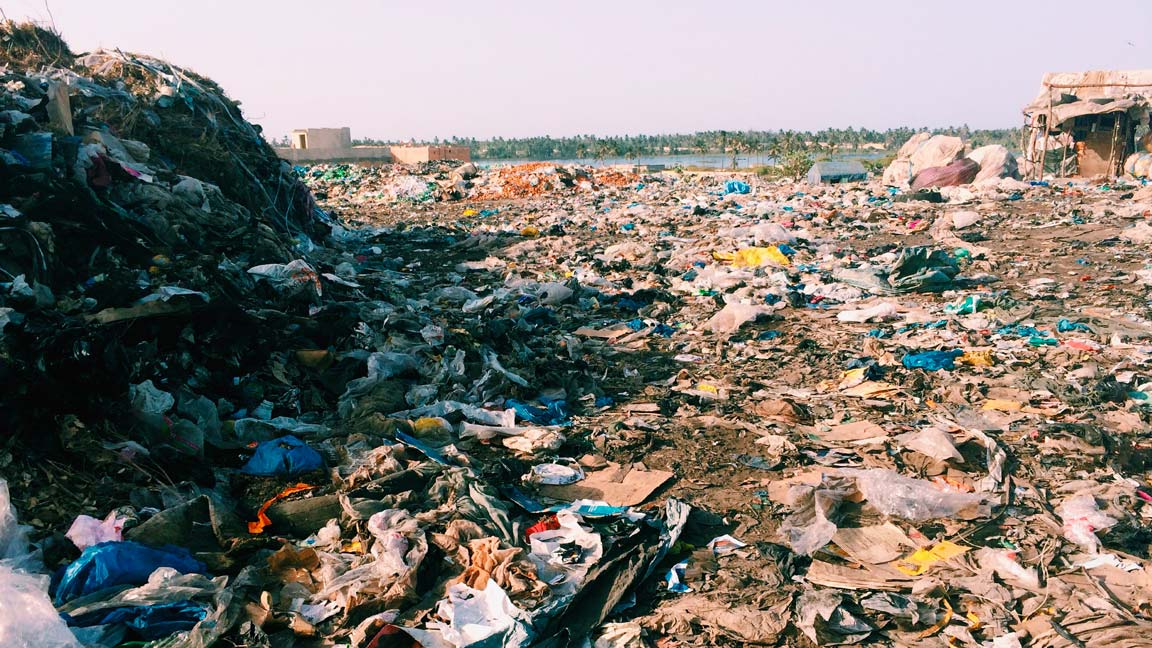
The Mbeubeuss landfill
The Mbeubeuss landfill, built on a dried-up lake in 1968, is a major waste management problem in Dakar. For over 50 years, it has operated in a disorderly manner without adequate environmental protection measures in the surrounding areas. With an area of 150 hectares and a maximum height of 20 to 22 meters, the Mbeubeuss dumpsite receives around 3,500 tons of waste daily, mainly collected by 2,000 waste pickers, mostly women. For over 50 years, it has operated in an anarchic manner without adequate environmental protection measures in the surrounding areas.
The situation at the Mbeubeuss dump site is concerning, with several challenges to address. In addition to the enormous volume of waste, there is also the presence of two Chinese companies producing around 20 tons of pellets per day next to the dump site, without any control over what enters and leaves the dump site. Fires are frequent, and groundwater is polluted up to 10 kilometers around the site.
There are plans to expand the dump site in height, by covering the waste mountain with sand and a geomembrane to limit the risk of pollution. The leachate, which is a toxic liquid resulting from the decomposition of waste, will be treated by evaporation. However, there is no planned depollution for the waters around the dump site.

